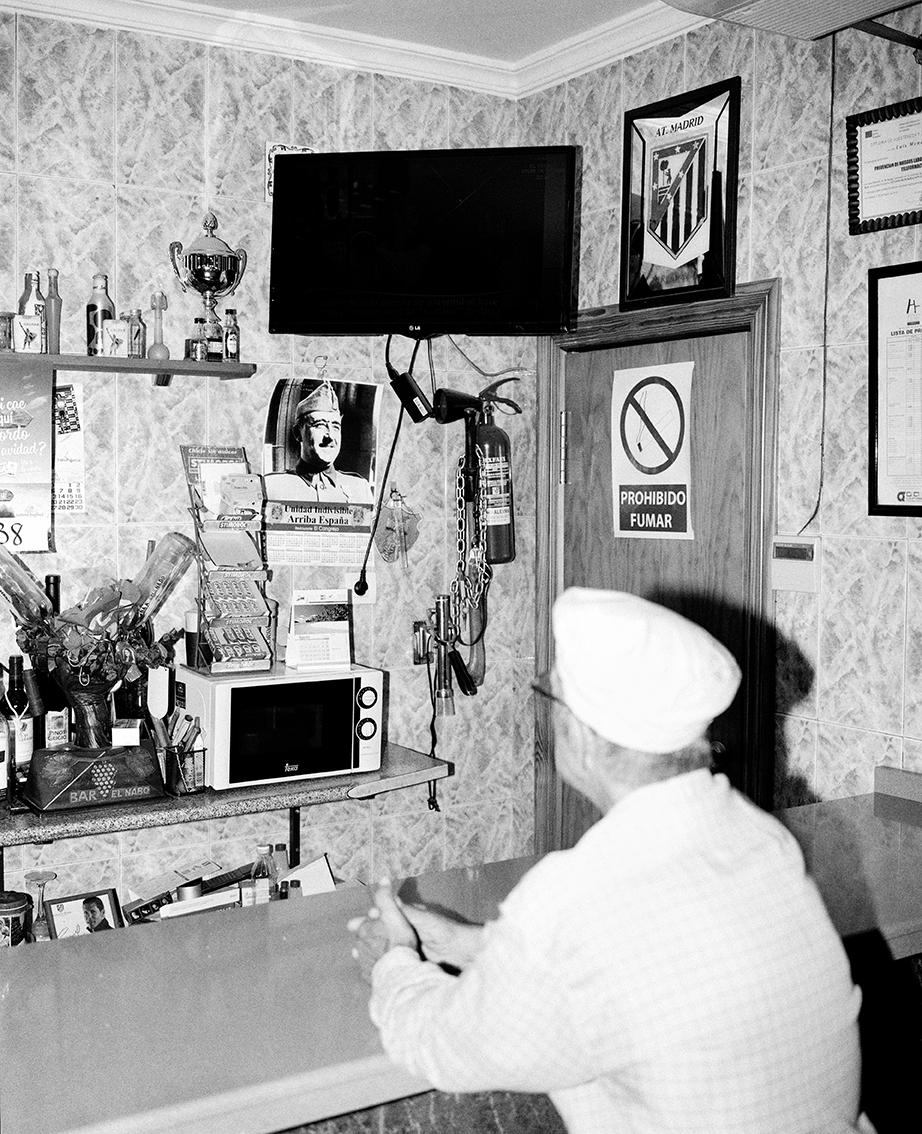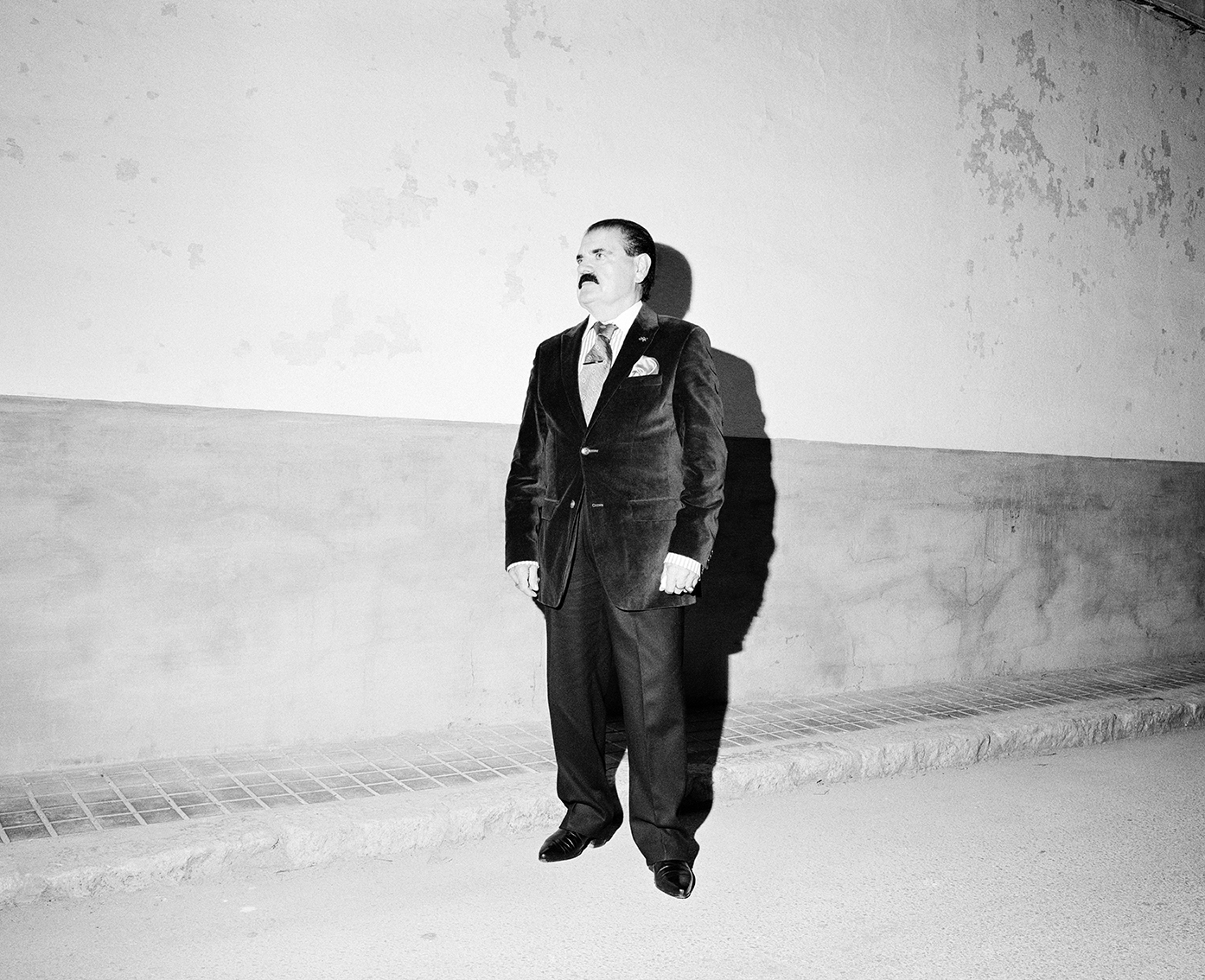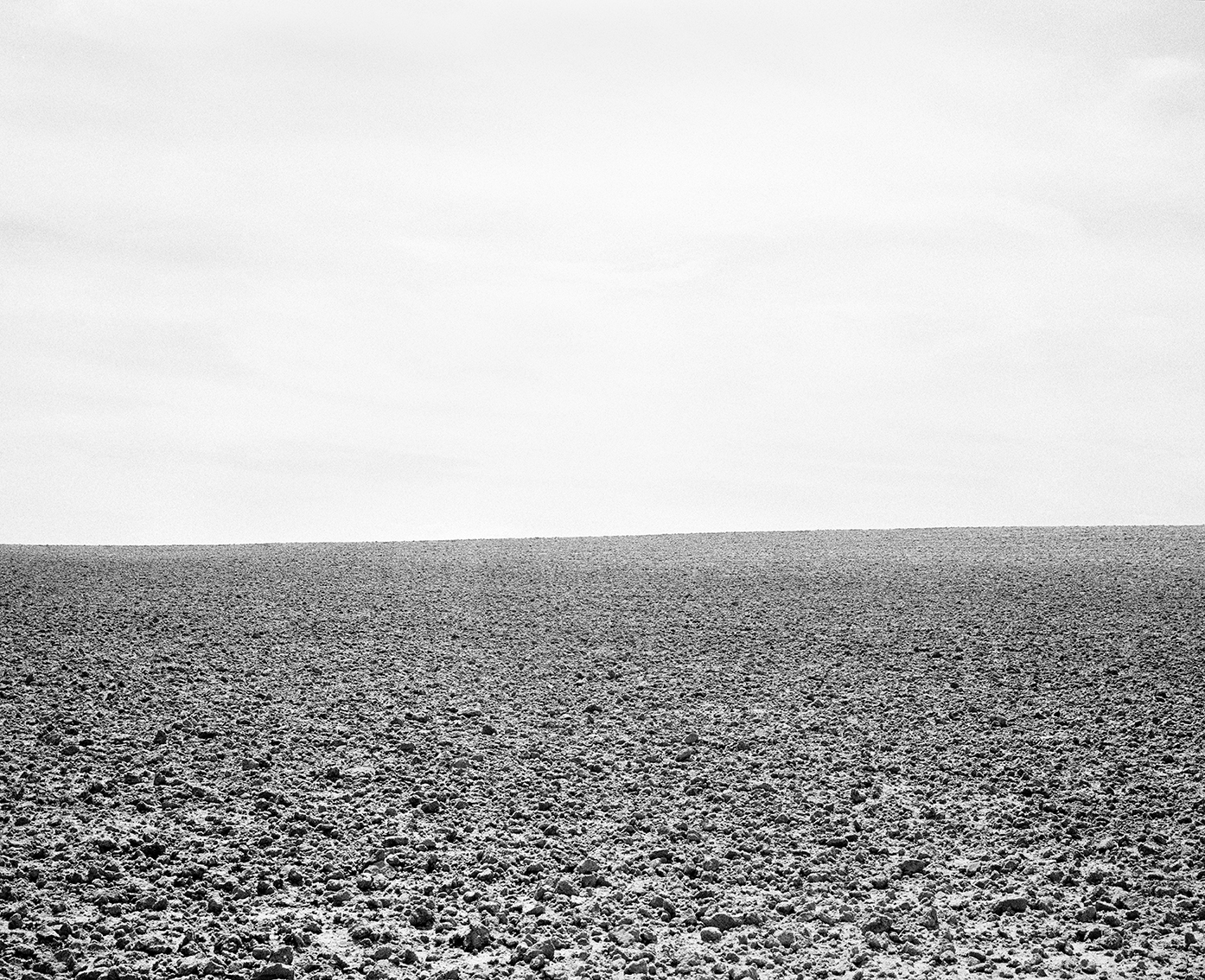Sebastián Bruno – Duelos y Quebrantos
Words by Harry Flook
Over the course of 4 years, Sebastian Bruno re-traced a two-and-a-half-thousand kilometre journey through Castilla La Mancha. The same path famously travelled by a fictional character: Don Quixote. Using this route, Bruno compares present-day Castilla La Mancha with the 17th Century landscape, as described by Miguel de Cervantes.
The series gains not only its structure from Cervantes’ landmark novel, but also its name. Duelos y Quebrantos is loosely translated as “grief and sorrows”, though no English word can be directly translated from Quebrantos: meaning to break down a person's morale. Cervantes coined this term at the start of Don Quixote to describe a traditional dish of scrambled eggs, chorizo and occasionally, lamb’s brains, which is native to the area.
The landscape of Castilla La Mancha is sparse, arid and flat, which we are reminded of constantly throughout the series. Every few images it reappears, bleached by harsh sunlight. Bruno recalls he “wanted to experience the inclemency of the territory in the way Cervantes did”, and it’s reflected in the series, for us to imagine second-hand.
The images Bruno made on his journey are surreal. Scenes that should be mundane are instead strange. The photograph of three old ladies and a young boy is typical of this. Normality is turned on its head by a bright on-camera flash, and what we’re presented with is uncanny. Bruno explains that this is a recurring theme in the work, the viewer is "constantly disturbed and challenged by a photograph that could have felt perfectly normal”.
Duelos y Quebrantos exists somewhere between social documentary and fiction, blurring present political realities with fictional past narratives, as well as overtly religious imagery and direct references from Don Quixote throughout. In one image we see the frames of half-finished homes standing amongst an empty landscape, which points towards the housing crisis in Spain. Another shows a calendar dated in 2015, displaying a picture of Franco. The series also addresses issues more specific to Castilla La Mancha. The area is stagnating with an ageing population, and there’s a problem with gambling amongst the young, which Bruno alludes with the image of a child sat on a high stool, legs dangling, at a slot machine.
At root, the series explores “the psychological implications of living in Castilla la Mancha”, an idea that stemmed from the photographer’s perceived sense of the “violence and rejection from the people and landscape” he photographed. This can be seen in the image of an abandoned car, which Bruno returned to photograph in progressive states of destruction as he visited over the years. For Bruno, “the image refers to the hostility of the place”, here we see that as with Cervantes’ work, the images are critical.
Despite portraying the modern face of a landscape described by Cervantes over 400 years ago, there are few traces of modernity within the pictures. This is intentional. Bruno gives us no "temporal references”, and explains that his use of black and white was to create “the timelessness in the work.” This deliberate uncertainty is emphasised by references to long established Spanish traditions: bullfighting, religious processions, and modes of dress.
The narrative structure of Don Quixote is confusing, constructed from multiple perspectives. In Duelos y Quebrantos we’re presented with an equally skewed representation of the same place, where the photographer’s “own interpretation prevails.” By “positioning himself as Don Quixote”, Sebastian Bruno creates a new fiction of Castilla la Mancha.
Sebastián Bruno's Duelos y Quebrantos is available from www.edicionesanomalas.com
www.sebastianbruno.com








